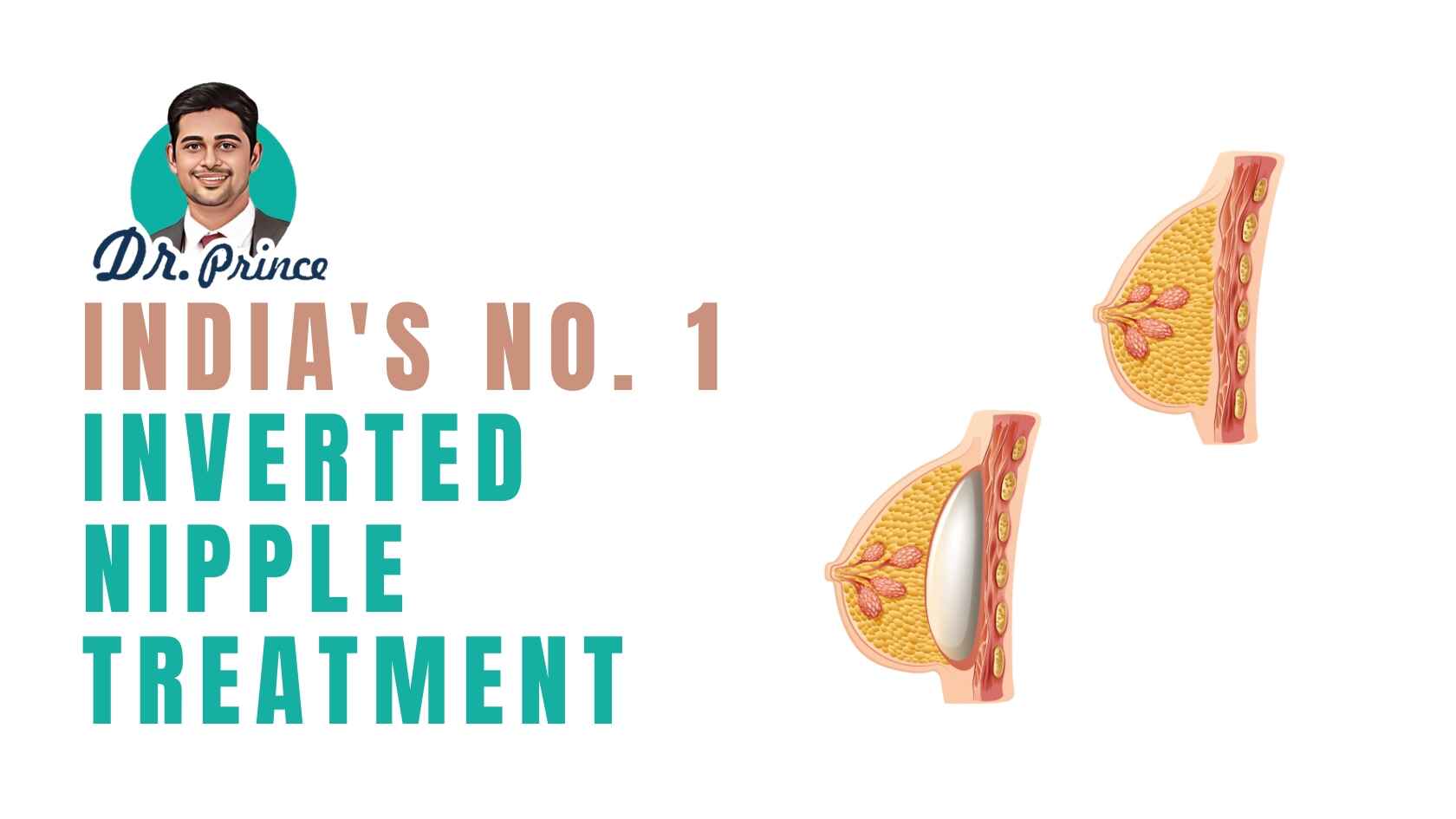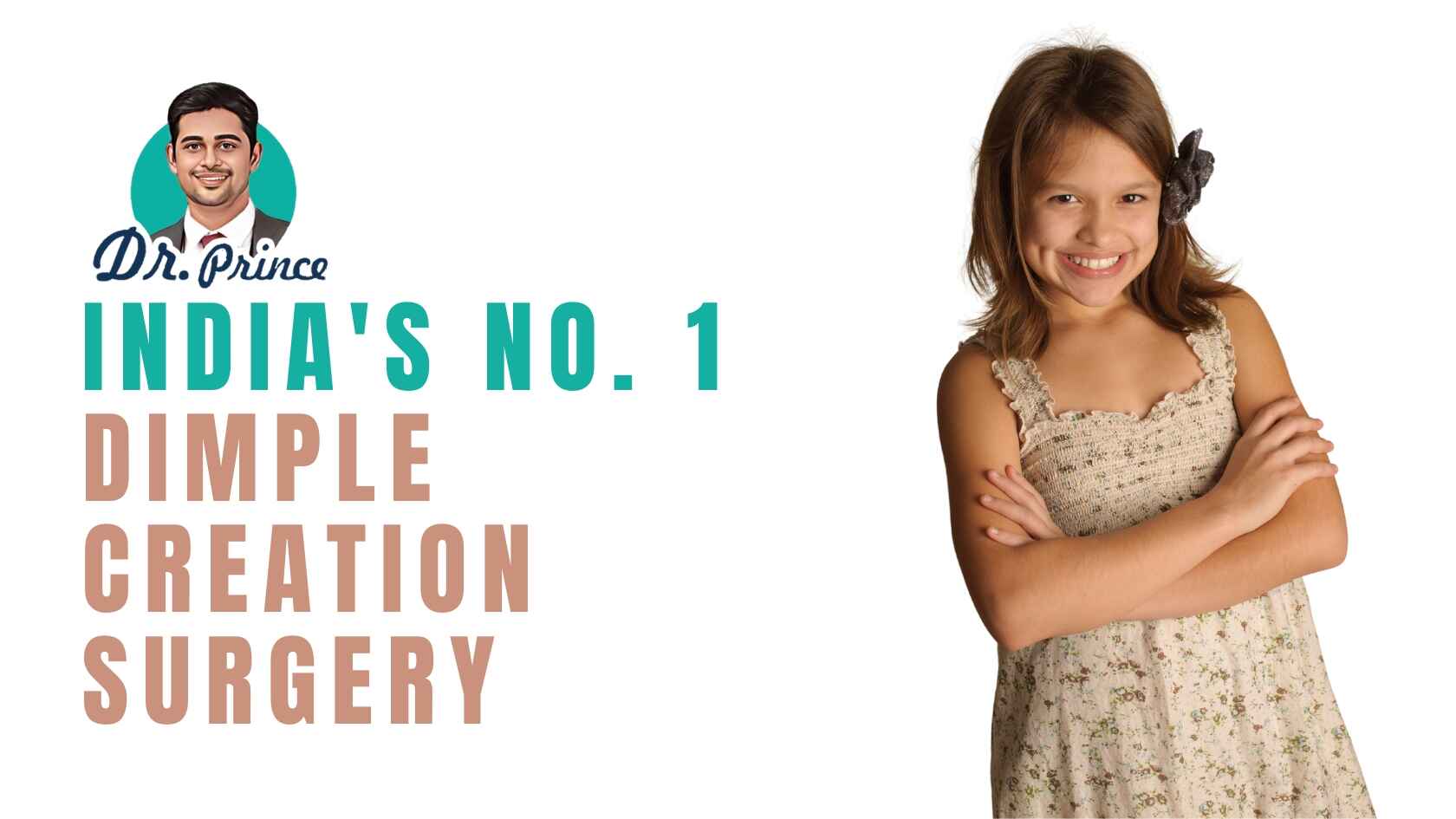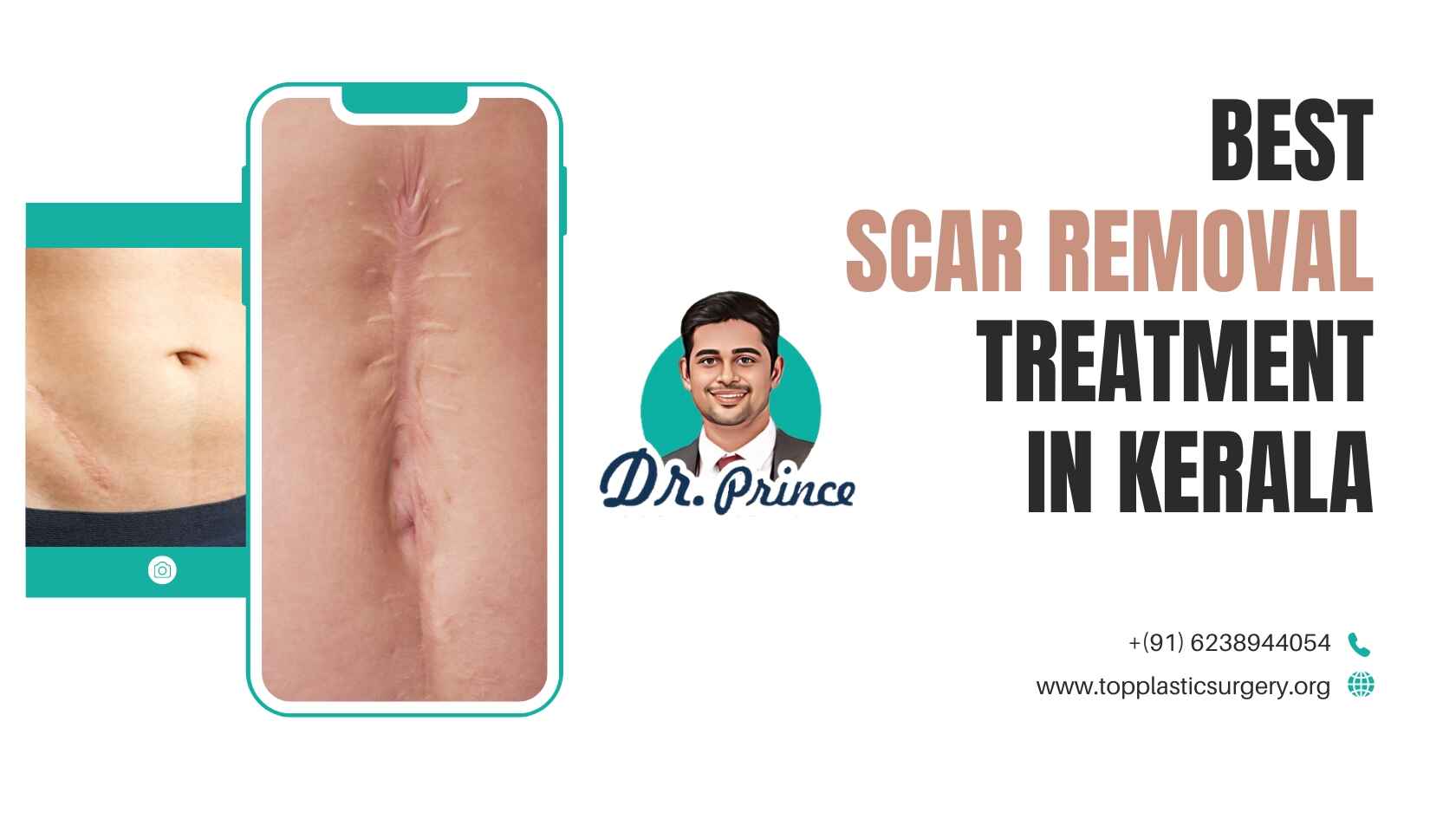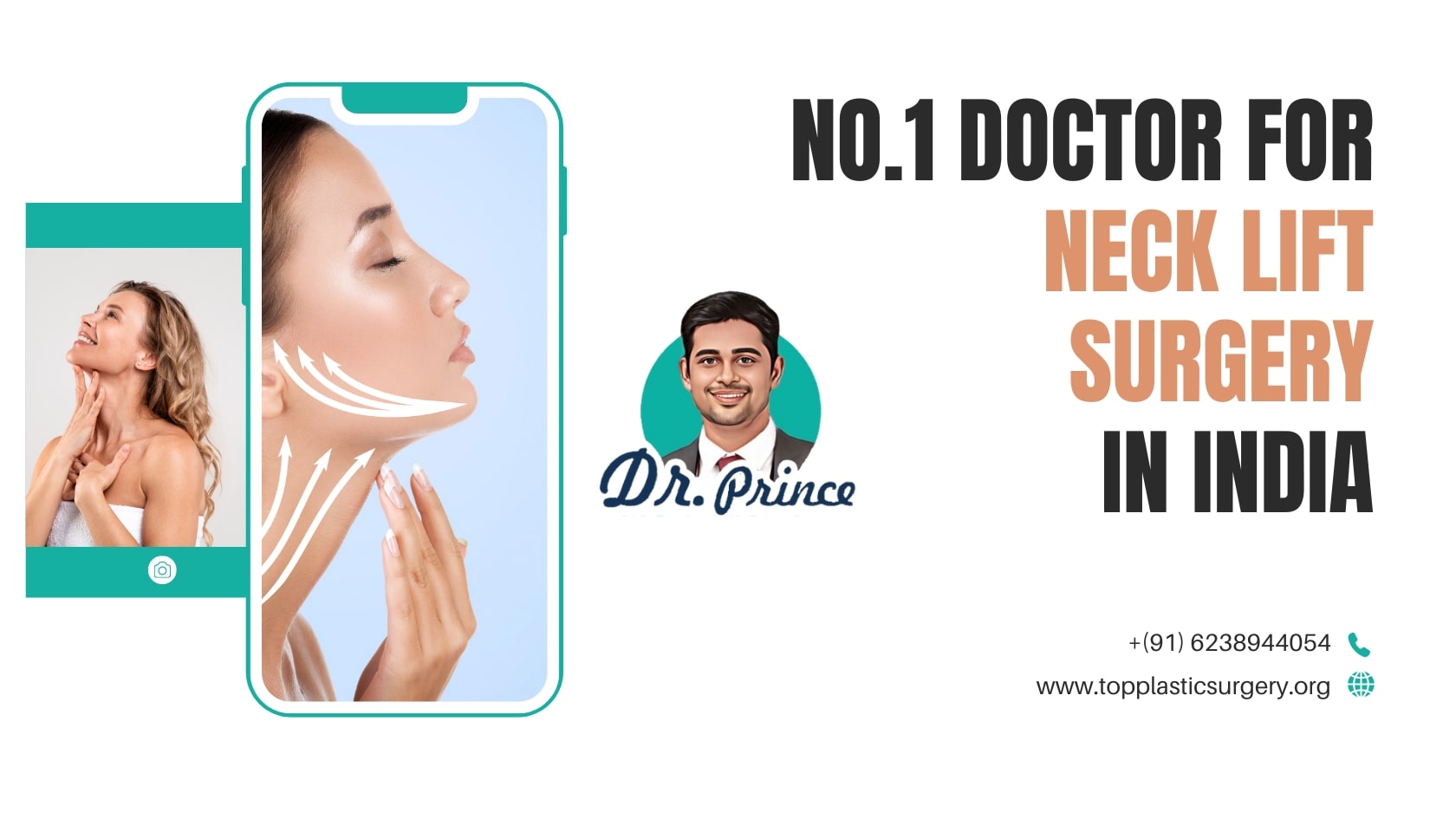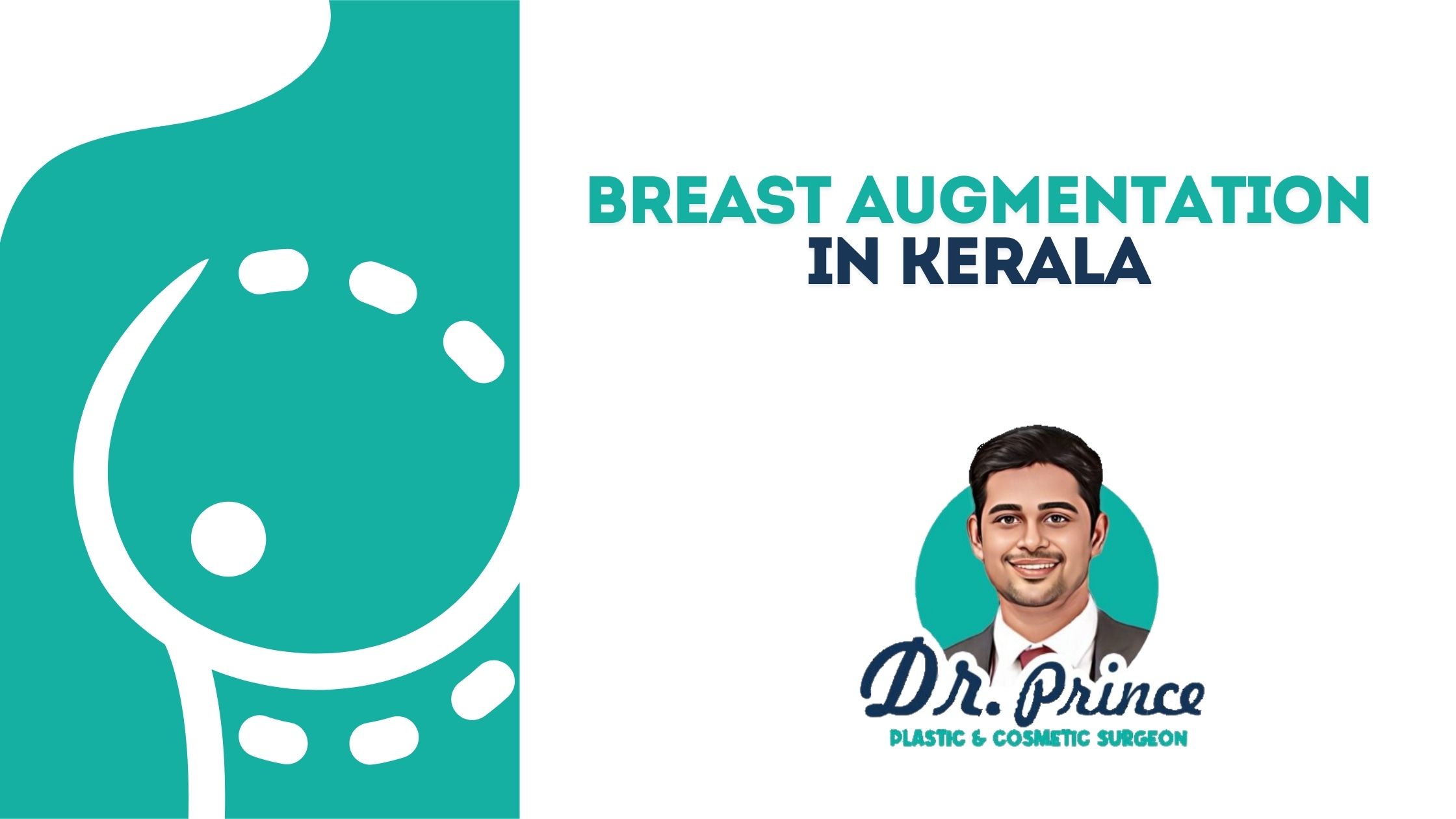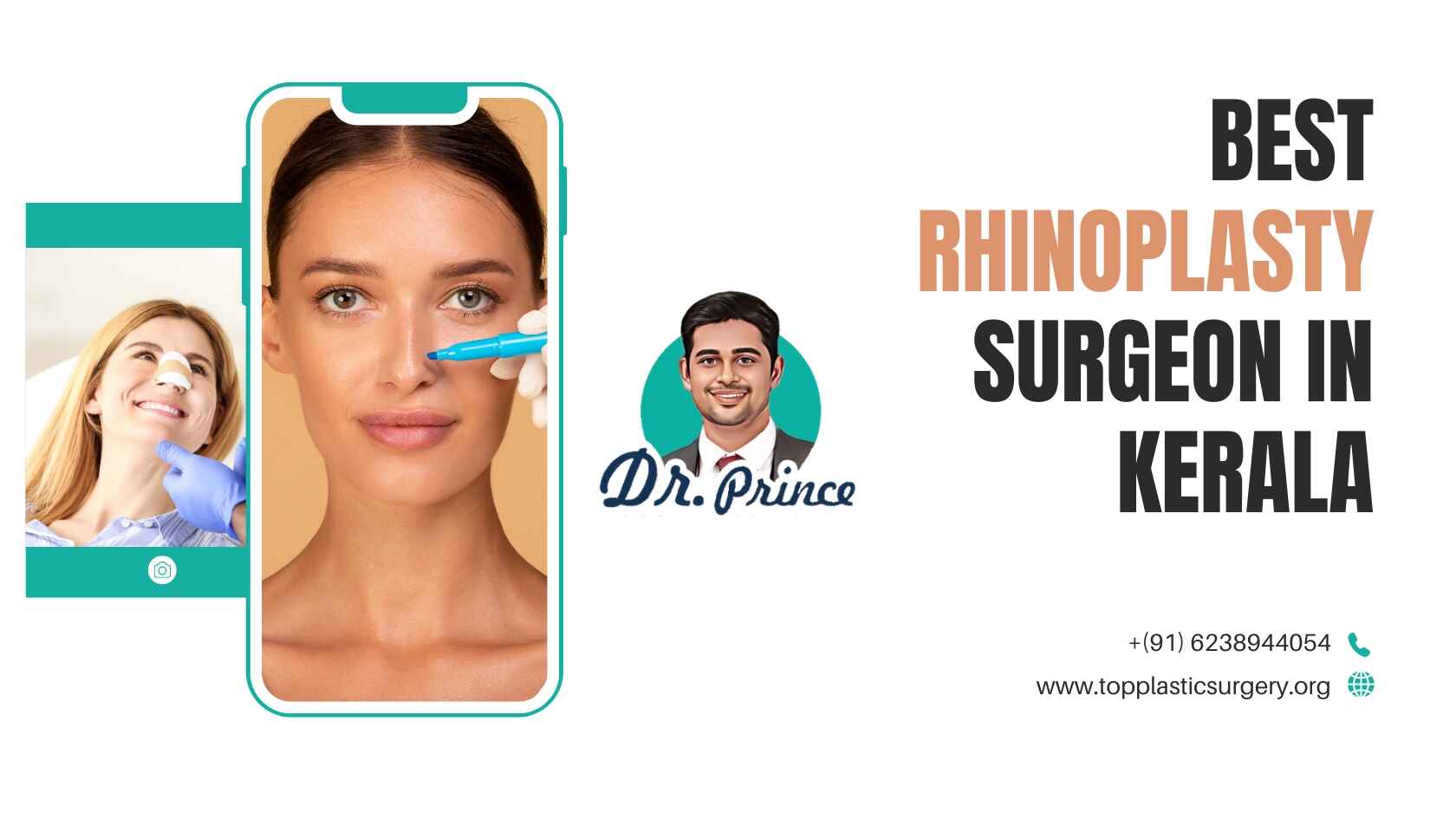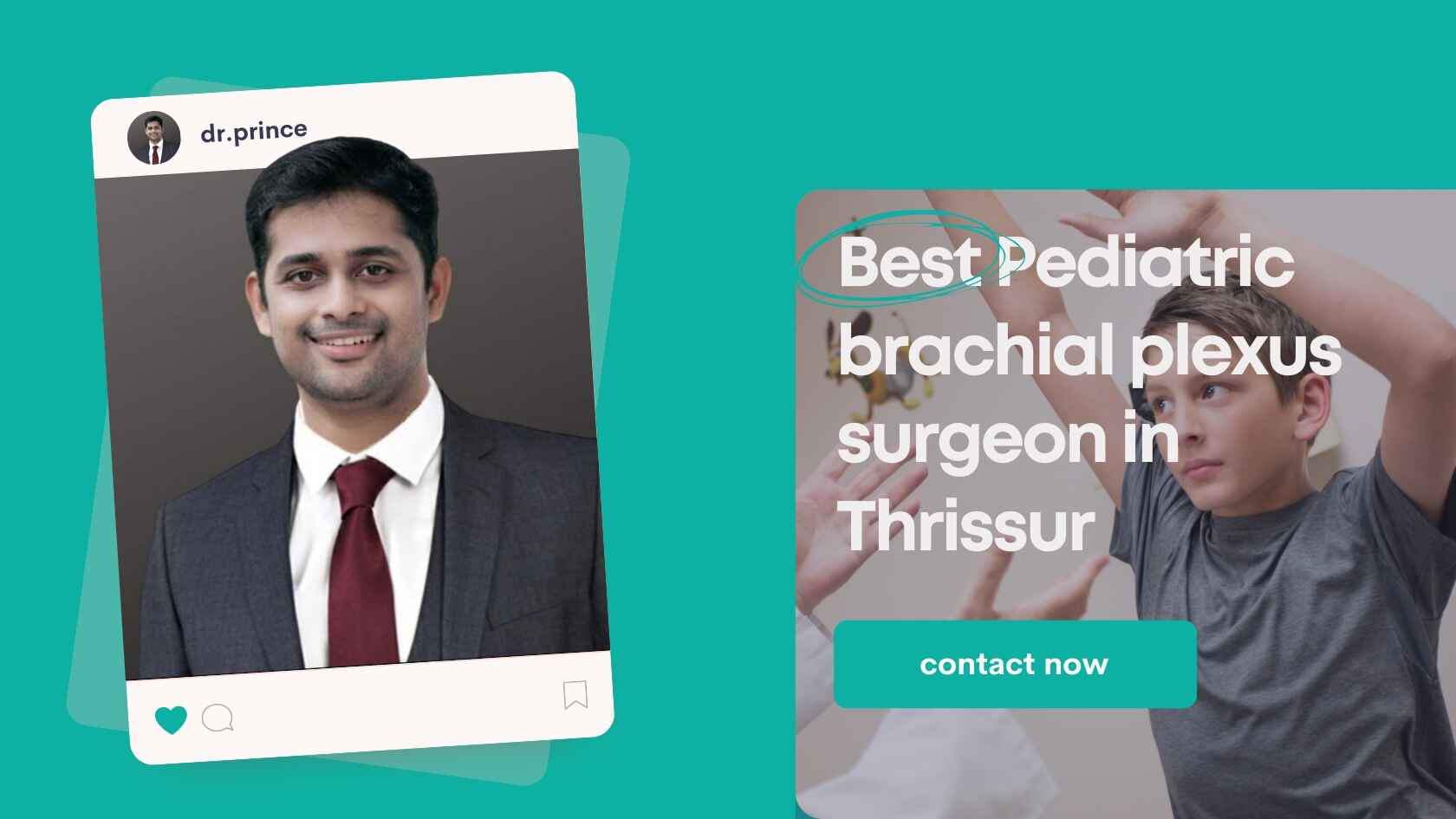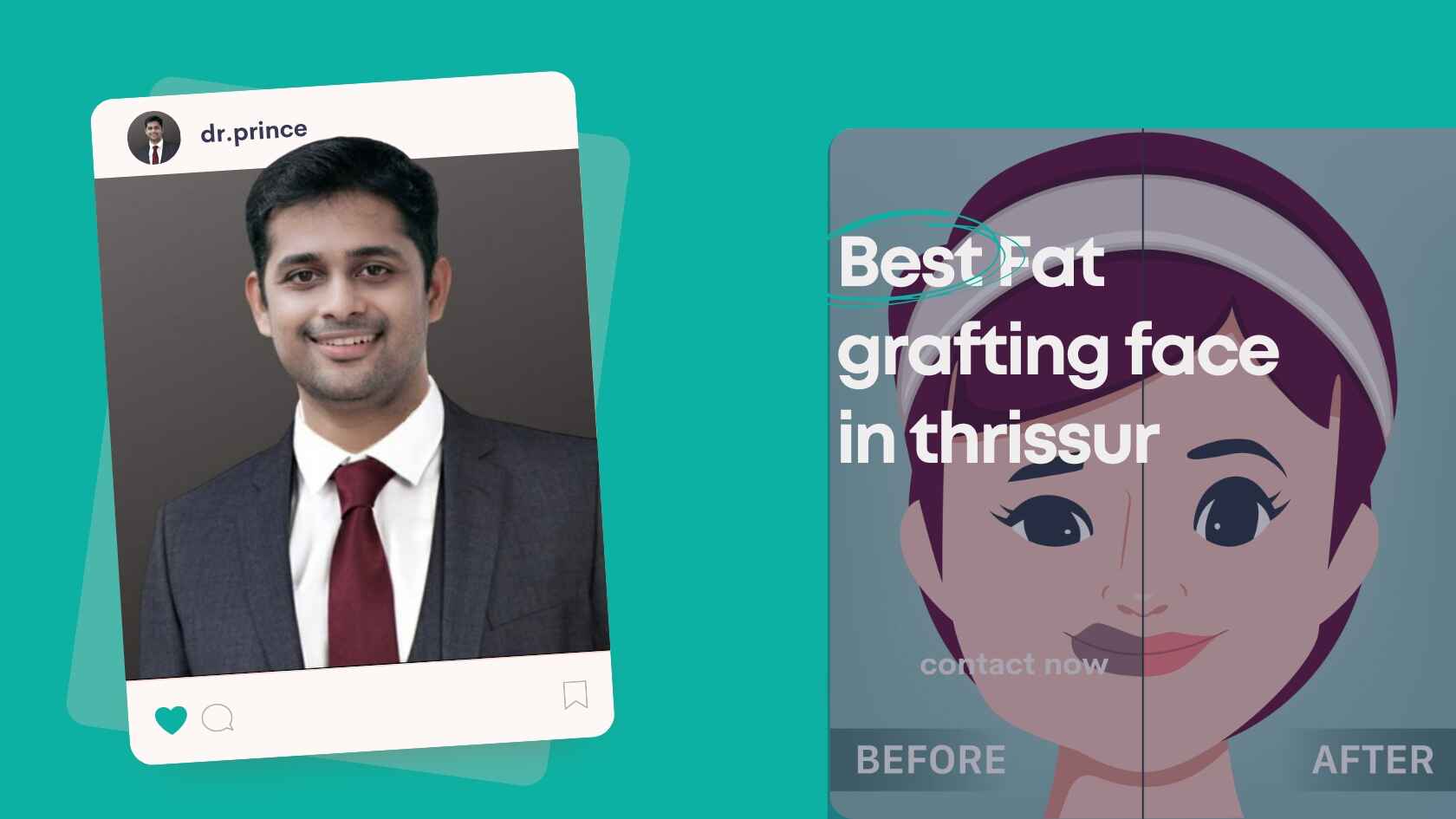SCAR REVISION AND TREATMENT, KERALA
The scars are widely classified as keloid scar, hypertrophic scar and atrophic scar. Scars can be due to trauma, surgical scars, acne scars, chicken pox or pregnancy and exercise induced stretch marks. Treatment of scars depends on the type of scar, site of the scar and the size of the scar.
Scar revision is best for ugly scars and contractures where the scar is excised and re-sutured. Excision and intralesional injection with steroids will be effective for keloid scars. It is often difficult to treat atrophic scars such as stretch marks. Certain treatment such as Derma roller technology and injection of fillers can improve the appearance of the stretch marks. The scars can also be masked temporarily with camouflage system.
Keloid Scars
Keloids are thick, puckered, itchy clusters of scar tissue that grow beyond the edges of the wound or incision. They are more often red or darker in color than the surrounding skin. Keloids occur when the body continues to produce the tough, fibrous protein known as collagen after a wound got healed.
Keloids can appear anywhere on the body, but they’re most common over the breastbone, on the earlobes, and on the shoulders. They occur more often in dark-skinned people than in those who are fair. The tendency to develop keloids lessens with age.
Steroid treatment
Keloids are often treated by injecting a steroid medication directly into the mark tissue to reduce redness, itching, and burning. In some cases, this will also shrink the marks.
If steroid treatment is inadequate, the mark tissue can be cut out and the wound closed with one or more layers of stitches. This is generally an outpatient procedure, performed under local anesthesia.
Rest & Recovery
You should be back at work in a day or two, and the stitches will be removed in a few days. A skin graft (see the section on skin grafting) is occasionally used, although the site from which the graft was taken may then develop a keloid.
Results
No matter what approach is taken, Keloids have a stubborn tendency to recur, sometimes even larger than before. To discourage this, the surgeon may combine the scar removal with steroid injections, direct application of steroids during surgery, or radiation therapy. Or you may be asked to wear a pressure garment over the area for as long as a year. Even so, the keloid may return, requiring repeated procedures every few years.
Hypertrophic Scars
Hypertrophic scars are often confused with Keloid, since both tend to be thick, red, and raised.
Treatment
Hypertrophic scars, however, remain within the boundaries of the original incision or wound. They often improve on their own or with the help of steroid applications or injections.
If a conservative approach doesn’t appear to be effective, hypertrophic scars can often be improved surgically. The plastic surgeon will remove excess tissue at the mark site and may reposition the incision so that it heals in a less visible pattern.
Anesthesia and recovery
This surgery may be done under local or general anesthesia, depending on the scar’s location and what you and your surgeon decide. You may receive steroid injections during surgery and at certain time intervals for up to two years afterward to prevent the thick marks to be re-developed.
Contractures
Burns or other injuries resulting in the loss of a large area of skin may form a scar that pulls the edges of the skin together, a process called contraction. The resulting contracture may affect the adjacent muscles and tendons, restricting normal movement.
Grafting/ Z plasty / Tissue Expansion
Correcting a contracture usually involves cutting out the scar and replacing it with a skin graft or a flap. In some cases, a procedure known as Z-plasty may be used. And new techniques, such as tissue expansion, are playing an increasingly important role. If the contracture has existed for some time, you may need physical therapy after surgery to restore full function.
Facial Scars
Because of its location, a facial mark is frequently considered a cosmetic problem, whether or not it is hypertrophic.
Treatment
There are several ways to make a facial mark less noticeable. Often it is simply cut out and closed with tiny stitches, leaving a thinner, less noticeable scar.
If the scar lies across the natural skin creases (or “lines of relaxation”) the surgeon may be able to reposition it to run parallel to these lines, where it will be less conspicuous (Z-plasty).
Some facial scars can be softened using a technique called dermabrasion, a controlled scraping of the top layers of the skin using a handheld, high-speed rotary wheel. Dermabrasion leaves a smoother surface to the skin, but it won’t completely erase the mark.
Z-Plasty
Z-plasty is a surgical technique used to reposition a scar so that it more closely conforms to the natural lines and creases of the skin, where it will be less noticeable. It can also relieve the tension caused by contracture. Not all marks lend themselves to Z-plasty, however, and it requires an experienced plastic surgeon to make such judgments.
In this procedure, the old mark is removed and new incisions are made on each side, creating small triangular flaps of skin. These flaps are then rearranged to cover the wound at a different angle, giving the mark a “Z”pattern. The wound is closed with fine stitches, which are removed a few days later. Z-plasty is usually performed as an outpatient procedure under local anesthesia.
While Z-plasty can make some scars less obvious, it won’t make them disappear. A portion of the mark will still remain outside the lines of relaxation.
Skin Grafting and Flap Surgery
Grafting involves the transfer of skin from a healthy part of the body (the donor site) to cover the injured area. The graft is said to “take” when new blood vessels and mark tissue form in the injured area. While most grafts from a person’s own skin are successful, sometimes the graft doesn’t take. In addition, all grafts leave some scarring, at the donor and recipient sites.
Flap surgery is a complex procedure in which skin, along with the underlying fat, blood vessels, and sometimes the muscle, is moved from a healthy part of the body to the injured site. In some flaps, the blood supply remains attached at one end to the donor site; in others, the blood vessels in the flap are reattached to vessels at the new site using microvascular surgery.
Skin grafting and flap surgery can greatly improve the function of a scarred area. The cosmetic results may be less satisfactory, since the transferred skin may not precisely match the color and texture of the surrounding skin. In general, flap surgery produces better cosmetic results than skin grafts.
You can enhance your chances of getting rid of marks and reduce your risks involved in the surgery by choosing a qualified plastic surgeon and closely following his or her advice, both before surgery and in follow-up care.
DR Prince, plastic and cosmetic surgeon is a renowned name in the plastic & cosmetic surgeries and known for his dexterity and precision in order to meet the desired natural outcomes. He has expertise in the scar
While no scar can be removed completely, an experienced plastic surgeon can often improve the appearance of a mark, making it less obvious through the injection or application of certain steroid medications or through surgical procedures known as Scar Revisions.
Anesthesia
Z-plasty is usually performed as an outpatient procedure under local anesthesia.
Skin grafts and flaps are more serious than other forms of scar surgery. They’re more likely to be performed in a hospital as inpatient procedures using general anesthesia.
Privacy & Confidentiality
We at sushrutha institute of plastic surgery follow the highest standards of privacy and confidentiality, ensuring the additional comfort of our patients.
REST & RECOVERY
In Z-Plasty the wound is closed with fine stitches, which are removed a few days later.
After skin-grafting and Flap Surgery, the treated area may take several weeks or months to heal, and a support garment or bandage may be necessary for up to a year.
After Scar Revision
With any kind or scar revision, it’s very important to follow your surgeon’s instructions after surgery to make sure the wound heals properly. Although you may be up and about very quickly, your surgeon will advise you on gradually resuming your normal activities.
As you heal, keep in mind that no mark can be removed completely; the degree of improvement depends on the size and direction of your mark, the nature and quality of your skin, and how well you care for the wound after the scar revision operation.

